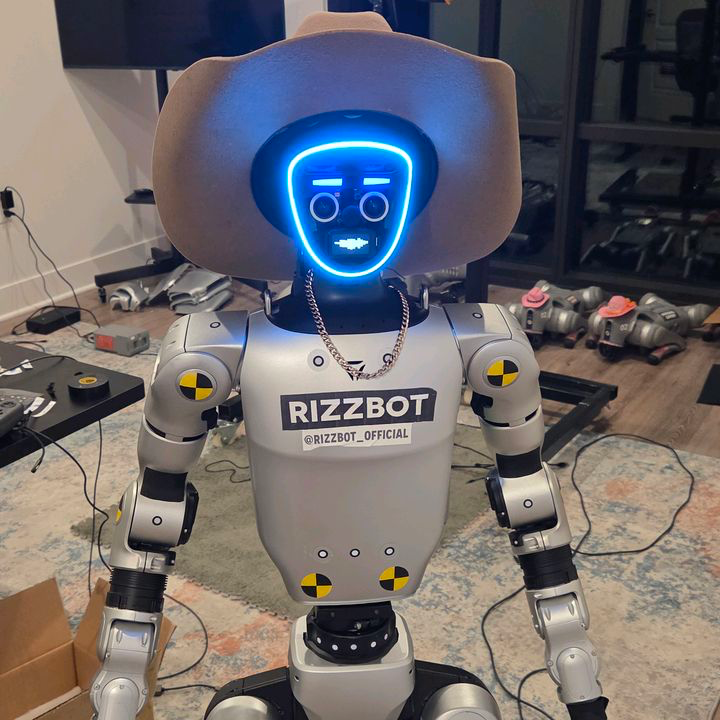
CPU-First AI: BitDistill Enables High-Performance LLMs Without GPUs
With 2.65x faster CPU inference, BitDistill signals a potential shift toward CPU-efficient AI deployment, reducing reliance on expensive GPU infrastructure.
The AI industry’s addiction to GPU compute has become an arms race few can afford. While Nvidia racks up billion-dollar quarters, the rest of us face a harsh reality: GPU shortages, cloud costs spiraling out of control, and energy bills that could power small towns. But what if the solution wasn’t more expensive silicon, but smarter ways to use what we already have in abundance?
Microsoft’s BitNet Distillation pipeline shatters the GPU-first paradigm with a provocative proposition: you don’t need expensive graphics cards for high-performance LLM inference anymore. By converting standard full-precision LLMs into 1.58-bit ternary models, BitDistill delivers up to 10× memory savings and about 2.65× faster CPU inference while maintaining accuracy comparable to their FP16 teachers.
The GPU Tax: An Unquestioned Orthodoxy
For years, we’ve accepted GPU dominance as inevitable. The reasoning seemed sound: LLM inference requires massive parallel matrix operations that GPUs handle beautifully. But this assumption overlooked a critical bottleneck: memory bandwidth.
Traditional LLMs with their 16-bit precision weights create a memory-bound scenario where GPUs often sit underutilized waiting for data. As recent analysis of LLM inference optimization techniques ↗ reveals, “decode latency is fundamentally memory-bound” - compute units frequently idle due to key-value cache fetches.
This memory bottleneck becomes even more pronounced when you consider that running a 70B parameter model at 4-bit quantization requires substantial VRAM - typically requiring expensive multi-GPU setups or high-end data center cards. The industry has been solving the wrong problem: adding more compute when the real limitation was memory efficiency.
BitDistill’s Radical Approach: 1.58-Bit Precision That Actually Works
Microsoft’s breakthrough isn’t just another quantization technique. BitDistill combines SubLN-based architectural refinement, continued pre-training, and dual signal distillation from both logits and multi-head attention relations. The result? Models that operate at 1.58 bits per parameter while maintaining 97%+ of their original accuracy across multiple benchmark tasks.
What makes this approach particularly compelling is the open-source support infrastructure. The official BitNet.cpp inference framework ↗ provides optimized kernels that achieve 1.37x to 6.17x speedups on CPUs while reducing energy consumption by 55.4% to 82.2%. The performance gains aren’t marginal - they’re transformative.

The numbers speak for themselves: on x86 CPUs, BitNet achieves speedups ranging from 2.37x to 6.17x with energy reductions between 71.9% to 82.2%. On ARM architectures, the performance gains range from 1.37x to 5.07x. This isn’t just incremental improvement - it’s orders of magnitude better efficiency.
Why This Changes Everything for Edge Deployment
Consider the implications for edge computing and personal devices. The BitNet.cpp framework can run a 100B parameter BitNet b1.58 model on a single CPU, achieving speeds comparable to human reading (5-7 tokens per second). This eliminates the need for specialized AI accelerators in many applications.
This aligns perfectly with emerging hardware trends. As noted in recent analysis of Apple Silicon and AMD Strix Halo ↗, “These compact, power-efficient chips can handle surprisingly large models, and the secret isn’t just raw compute power. It’s all about memory.” Modern System-on-Chip (SoC) designs with unified memory architectures deliver massive bandwidth - Apple’s M4 Max features a 512-bit LPDDR5X memory bus delivering up to 546 GB/s, while AMD’s Strix Halo offers 256 GB/s through its 256-bit interface.
This memory bandwidth advantage suddenly becomes far more valuable when models are optimized for CPU execution. Rather than fighting for scarce GPU resources, developers can leverage the abundant CPU and unified memory architectures already available in modern laptops, smartphones, and edge devices.
The CPU Renaissance: Beyond Just Cost Savings
The implications extend far beyond cost reduction. CPU-first AI enables:
Democratized Model Access: Running 70B parameter models on consumer hardware becomes feasible. The GitHub repository shows support for models ranging from 0.7B to 10B parameters, with larger models becoming increasingly practical.
Energy Efficiency: With energy reductions reaching 82.2%, this approach makes sustainable AI deployment possible at scale. The environmental impact of AI inference could be dramatically reduced.
Latency Improvements: By avoiding GPU memory transfers and leveraging CPU-optimized kernels, BitDistill reduces the fundamental bottlenecks that plague GPU inference pipelines.
Development Flexibility: The open-source nature of BitNet.cpp means teams can innovate without being locked into proprietary AI hardware ecosystems.
Real-World Performance: Beyond Theoretical Benchmarks
The practical performance speaks volumes. According to Microsoft’s research, BitDistill maintains “task metrics comparable to FP16 across multiple sizes” while achieving the dramatic speed and efficiency improvements. This isn’t a trade-off between accuracy and efficiency - it’s getting both simultaneously.
The framework supports popular model families including Falcon3, Falcon-E, and converted Llama architectures. Development teams can take existing models and apply the BitDistill pipeline to create CPU-optimized versions without starting from scratch.
This approach complements other inference optimization techniques like speculative decoding ↗, which can accelerate token generation by 4-5x without quality loss. Combined with CPU-optimized execution, these techniques create a powerful toolkit for high-performance, cost-effective AI deployment.
The Technical Foundation: How BitDistill Actually Works
At its core, BitDistill employs a sophisticated knowledge distillation pipeline that converts full-precision teacher models into ternary student networks. The 1.58-bit representation might sound like marketing hype, but it’s mathematically grounded - ternary systems can represent three states (-1, 0, 1), hence the “1.58 bits” (log₂3 ≈ 1.58).
The distillation process preserves critical information through multiple mechanisms:
- Architectural Refinement: SubLN modifications maintain model stability at low precision
- Continued Pre-training: Fine-tuning on target domains ensures task-specific performance
- Dual Signal Distillation: Both output logits and internal attention patterns guide the compression
The result is models that maintain reasoning capabilities while operating efficiently on CPU hardware. The BitNet.cpp implementation further optimizes this through lookup-table methodologies and specialized kernels for ternary operations.
Deployment Reality: Getting Started with CPU Inference
For teams ready to explore this approach, the path is surprisingly straightforward. The BitNet.cpp framework provides:
The framework supports both x86 and ARM architectures, making it viable across desktop, server, and mobile environments. For organizations with existing model investments, conversion scripts are available to transform standard safetensors checkpoints into the optimized GGUF format.
The Path Forward: What This Means for AI Infrastructure
BitDistill represents more than just another optimization technique - it signals a fundamental shift in how we think about AI deployment. The GPU-centric approach that dominated the training phase doesn’t necessarily translate to optimal inference deployment.
As the research paper notes, this approach “significantly enhances the potential for running LLMs on local devices.” This has profound implications for privacy-sensitive applications, real-time systems where GPU latency is problematic, and cost-constrained deployments in education and research.
The era of “throw more GPUs at it” might be ending. With approaches like BitDistill demonstrating that intelligent algorithm design can achieve order-of-magnitude efficiency improvements, we’re entering a new phase of AI deployment - one where efficiency matters as much as capability.
The Bottom Line: Efficiency as the New Frontier
The AI industry’s next breakthrough might not come from larger models or more powerful chips, but from smarter ways to use existing infrastructure. BitDistill’s CPU-first approach demonstrates that sometimes the most innovative solutions come from questioning fundamental assumptions rather than accepting them.
As LLM inference optimization research ↗ concludes, “optimizing inference is crucial for cost control and user experience.” BitDistill takes this optimization to its logical extreme: if we can achieve comparable performance without specialized hardware, why wouldn’t we?
The revolution in AI efficiency isn’t coming - it’s already here, and it runs on the hardware you already own.



